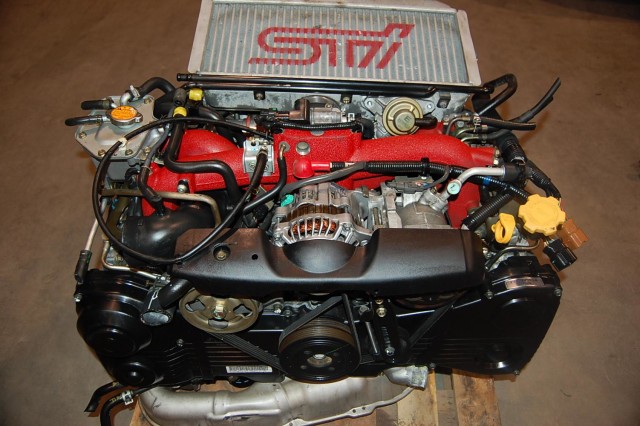


The engine in the LFA was built from scratch, making it truly iconic. Initially released as a concept in the early 2000s before entering a limited release production for just two short years between 20, the LFA was the supercar from Lexus. That’s the beautifully sounding V10 that sent the motoring world into a frenzy when it was released. While it’s not as well known by its engine code, the 1LR-GUE is the engine that powers the rare Lexus LFA. To get it to be race-spec, engineers had to modify the base engine significantly, and so they created the 4G63T and history was made.įrom 1996 to 1999, the Evos, driven by Tommi Makinen, earned four consecutive drivers’ titles in the World Rally Championship (WRC), cementing the engine’s legacy. If we didn’t mention the legendary Lancer Evo’s engine on this list, then something wouldn’t have been right.ĭeveloped from 1981, the 4G63T started from a very simple engine in the Lancer EX 2000 Turbo. However, in other markets, the engine was increased to 320hp. This limited the JDM industry to produce cars that had no more than 276hp at 5600rpm. Like with many other engines produced by JDM automotive manufacturers in the 90s to 2000s, the 2JZ-GTE was under the Gentlemen’s Agreement, which was rendered defunct in 2005. Manufactured between 1991-2002, the 2JZ-GTE was first used in the Aristo Vertex before moving into the iconic Supra RZ, becoming Toyota’s flagship performance engine. Toyota’s 2JZ-GTEĬreated as a rival to the RB26DETT, the 2JZ-GTE was a turning point in high-performance JDM engines. Used in the 1997 Honda Civic EK9 Type R, it’s been highly sought after ever since. Despite the B16B being a 1.6l engine, it had one of the highest horsepower per displacement for a naturally aspirated engine when it launched. The B range was a selection of naturally aspirated inline-4 engines that had the Variable Valve Timing and Electronic Control (VTEC) system.
#New jdm engine series#
Honda’s B engine series had some fantastic engines, and to be honest, we could have made an entire article on just the best Honda engines as there are so many icons. With six throttle bodies and a twin-turbo system, it has been a firm fan favourite since 1989 and one that has stood the test of time. Its factory power output is listed as 276hp, but enthusiasts often state that the factory output is more like 316hp. It was used in the Nissan GTR R32, R33 and R34 and is one that is both fantastic as stock but also an ideal platform to tune from. So popular that Nissan started remaking it 30 years after launch, the RB26DETT is one of the most popular JDM engines to date. Used only in the legendary Mazda RX-7 FD, this is a JDM engine that will go down in history. Not only that but the 13B-REW uses sequential turbocharging where the second turbocharger only kicks in once the first one reaches 4,500 RPM.

Probably one of the most unique JDM engines in terms of its construction, the 13B-REW uses a triangular-shaped rotor that spins around to generate combustion, instead of a traditional piston setup. Starting off strong with Mazda’s Wankel rotary engine, the 13B-REW. Today, we’re looking at some of the best JDM engines out there now, and maybe ever? 1. Whether they’ve got stock engines or have tuned their car to the max, we take great joy in hearing about the changes our customers have made. And in that moment, life has never been better.Īs specialist Japanese import insurance providers, we hear about, and are sometimes lucky enough to see, our customer’s JDM cars. In every JDM lover’s dream there’s a moment when you’re sat at home, reminiscing over the latest Grand Tour special, and then, from far away you hear the all too familiar brraapp brapppp brrraappp of a Mazda RX7 13B-REW Wankel rotary engine coming over the hill.


 0 kommentar(er)
0 kommentar(er)
